Find Help
More Items From Ergsy search
-

The Ultimate Buy-To-Let Mortgage Breakdown
Relevance: 100%
-
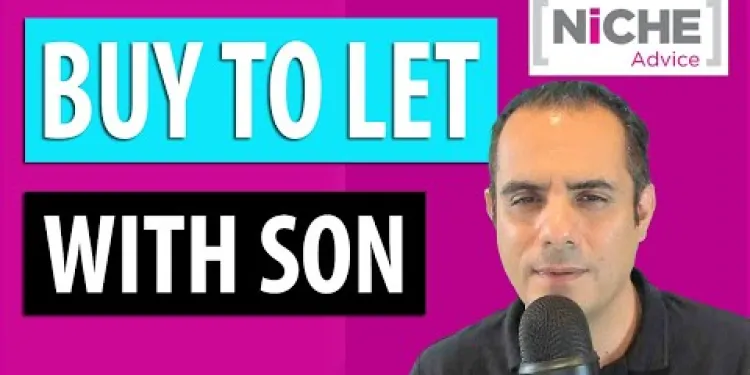
Can I get a Buy to Let Mortgage With My 18 Year Old Son
Relevance: 45%
-
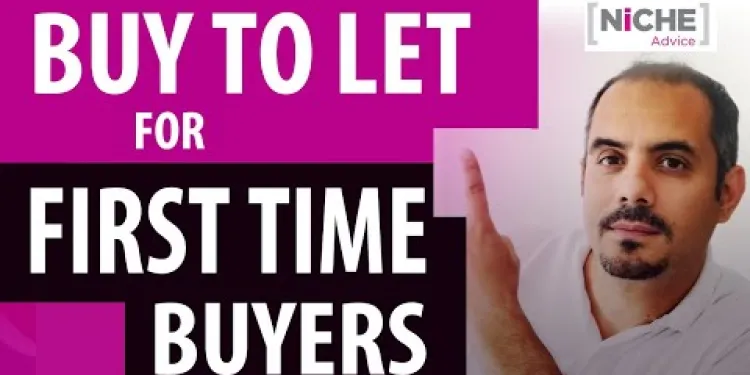
First Time Buyer Buy to Let Finance Options. Lending Criteria on Mortgage and Bridging Finance
Relevance: 45%
-
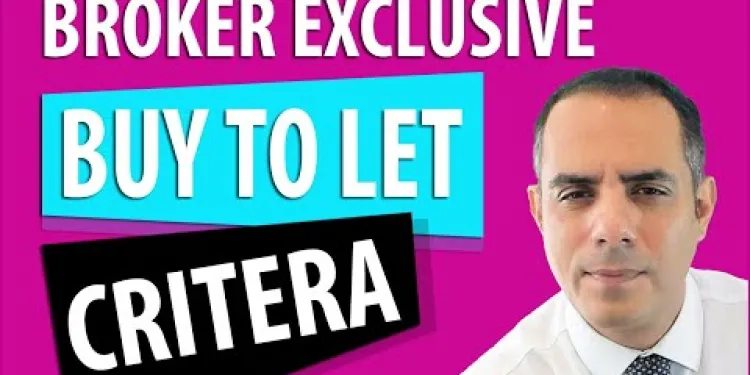
5 Broker Exclusive Buy to Let Mortgage Lenders you need to know about as a Landlord
Relevance: 44%
-

Uk Buy to Let for Older Clients - Mortgage Options Tips and Criteria
Relevance: 37%
-

What is an 'interest only' mortgage?
Relevance: 37%
-

HMO Mortgage Truths - how to get the best Finance option including Bridging Loan Criteria
Relevance: 36%
-
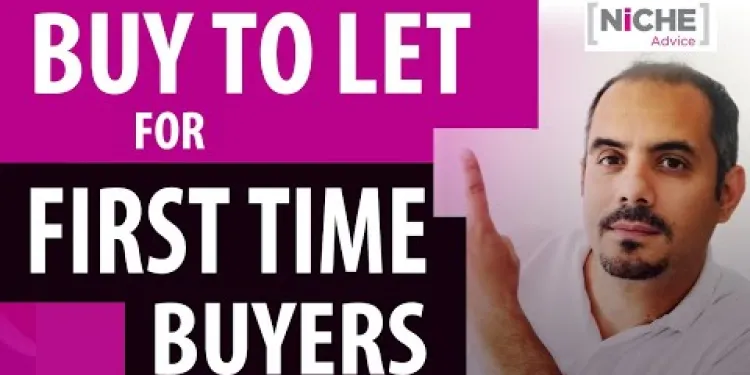
First Time Buyer Buy to Let Finance Options. Lending Criteria on Mortgage and Bridging Finance
Relevance: 33%
-
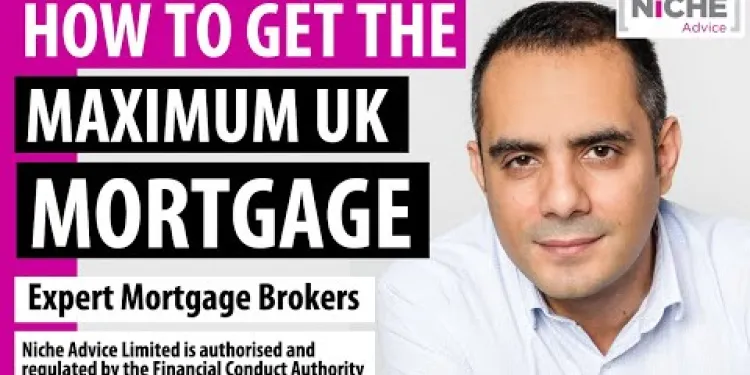
Getting the maximum mortgage in the UK
Relevance: 30%
-
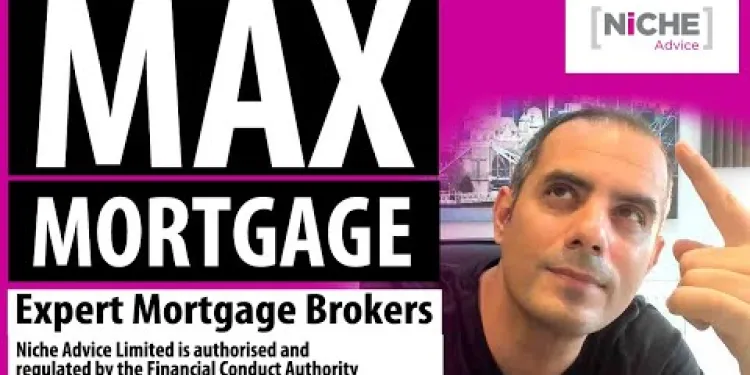
How much can I borrow for a mortgage UK - getting the Maximum Mortgage
Relevance: 30%
-
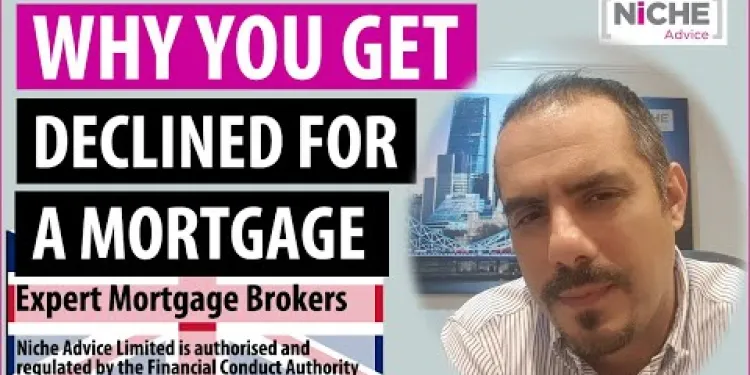
Mortgage Turned Down In The UK - Why mortgage applications are declined
Relevance: 29%
-
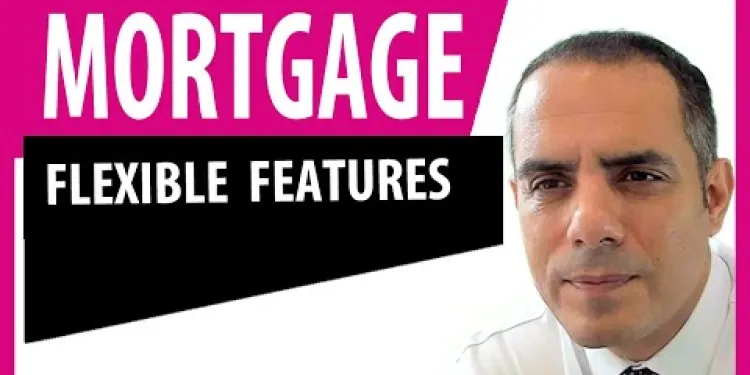
Mortgage Overpayment and Flexible Features Explained
Relevance: 29%
-
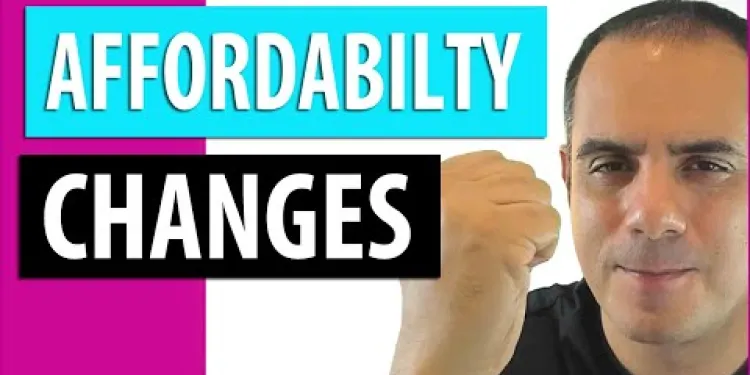
Mortgage Regulator removes the need for further affordability stress tests
Relevance: 28%
-
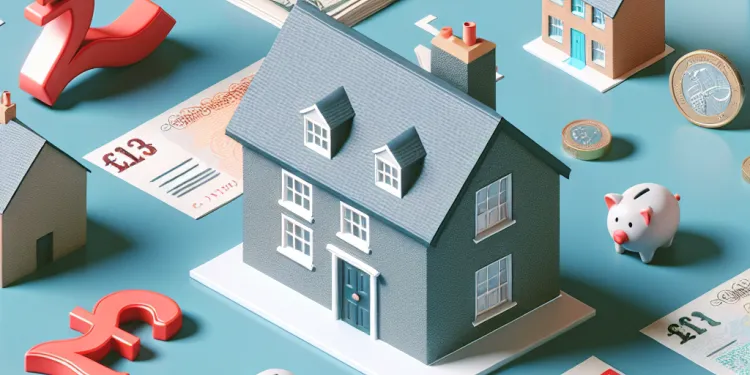
Can Stamp Duty be included in a mortgage in the UK?
Relevance: 28%
-

Will my fixed-rate mortgage payments change with interest rate fluctuations?
Relevance: 27%
-

Is there assistance available for rent or mortgage payments?
Relevance: 27%
-

How do interest rate changes affect my mortgage payments?
Relevance: 26%
-
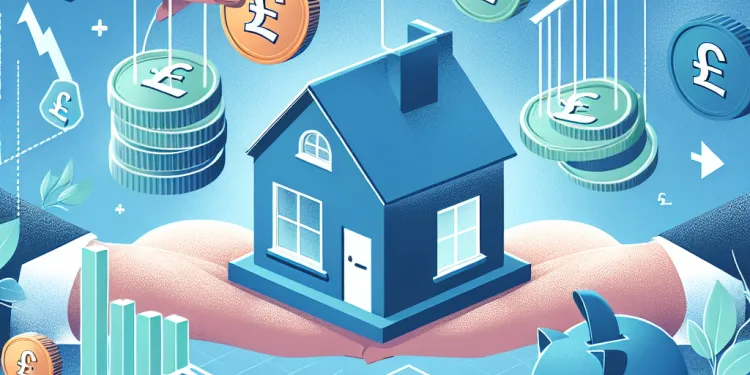
Is it possible to switch my mortgage type if interest rates become unfavourable?
Relevance: 26%
-

Mortgage on Inherited Property - How we can help you with the finance
Relevance: 26%
-
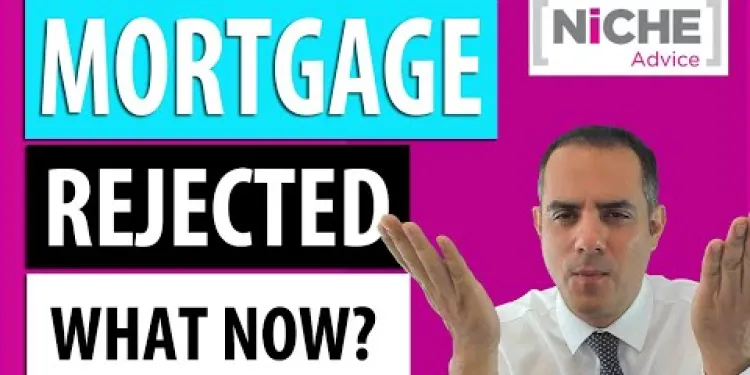
Turned down for a mortgage? Find out why and what to do
Relevance: 26%
-

Selecting a Mortgage Broker - how they differ and what to watch out for
Relevance: 26%
-
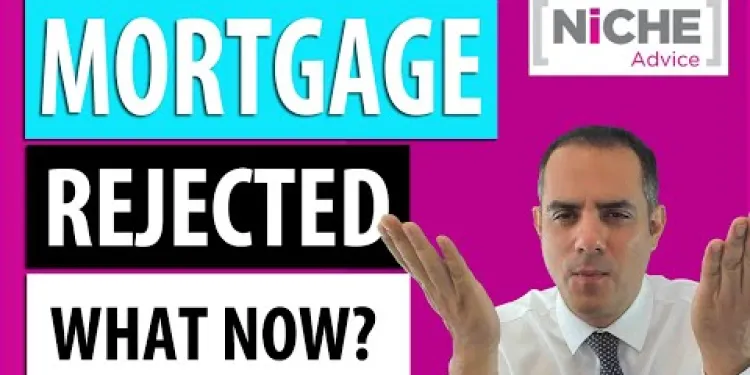
Turned down for a mortgage? Find out why and what to do
Relevance: 26%
-

Using 100% of your Second Income for a Mortgage Application
Relevance: 26%
-
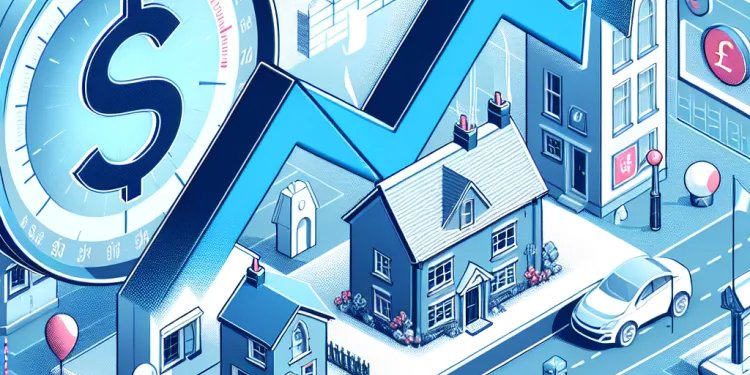
What is a tracker mortgage and how does it respond to interest rate changes?
Relevance: 26%
-
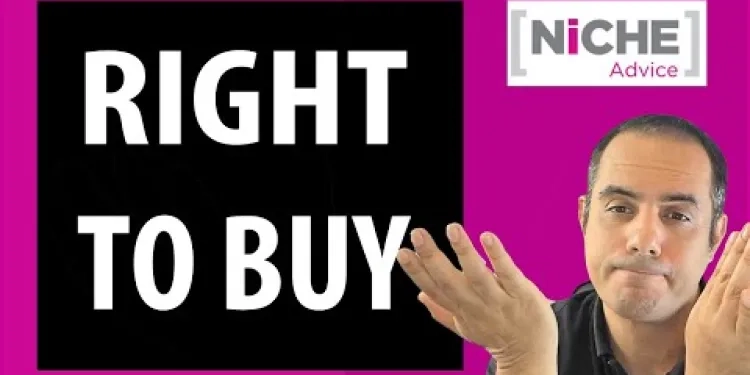
RIGHT TO BUY MORTGAGE - LET ME SAVE YOU TIME AND MONEY
Relevance: 26%
-
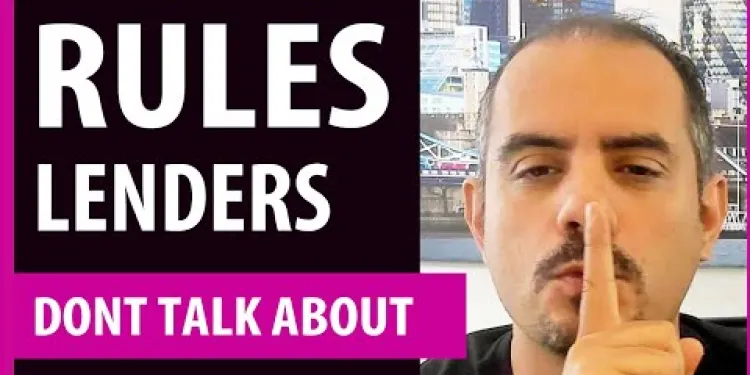
UK Mortgage Rules Lenders Don't Talk About - Debt To Income Ratio
Relevance: 25%
-
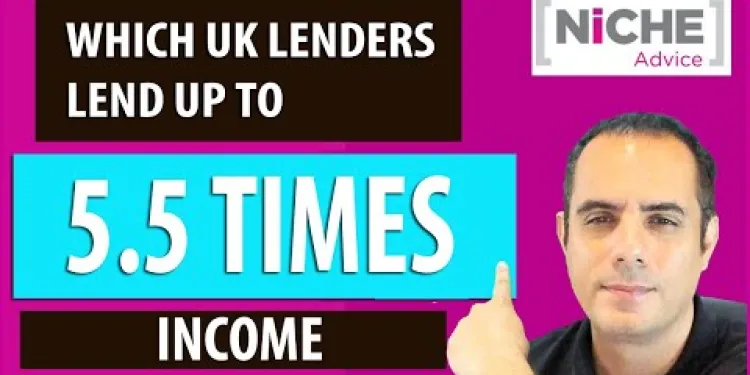
Highest Income Multiple Mortgage Lenders Revealed - Good and Bad Points
Relevance: 25%
-
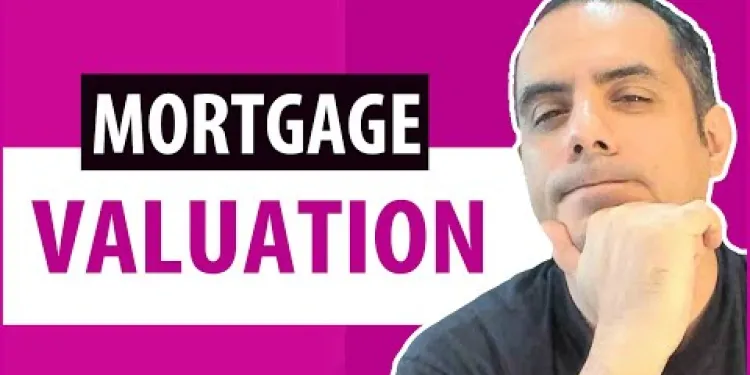
Can Mortgage lenders work from my own Survey Valuation Report?
Relevance: 25%
-
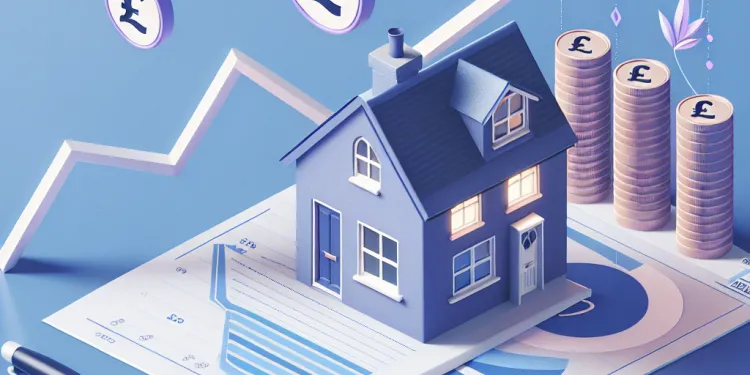
What should I do if I can't afford my mortgage payments due to rising interest rates?
Relevance: 24%
-
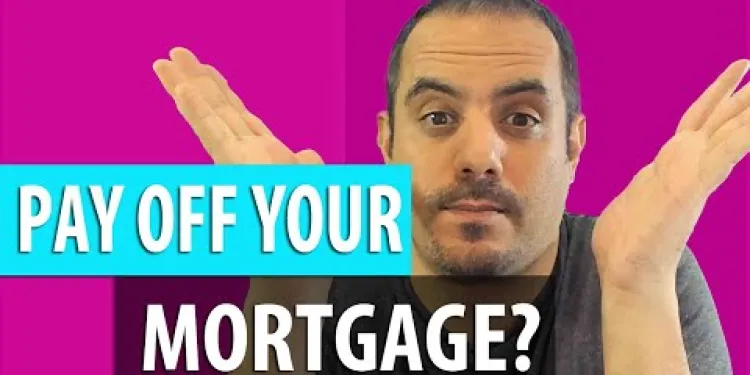
Should you Pay down your Residential Mortgage?
Relevance: 23%
-
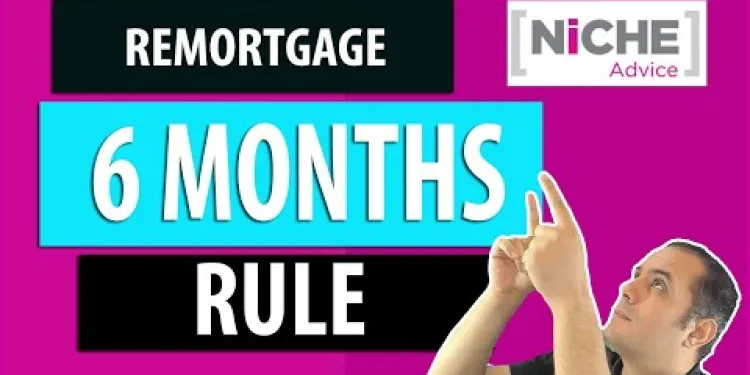
Remortgage within 6 Months on the open market value Residential or Buy to Let Properties
Relevance: 23%
-

How to Buy property with your children under the age of 18 and get Buy to Let Mortgage.
Relevance: 22%
-

How is Stamp Duty calculated in the UK?
Relevance: 16%
-
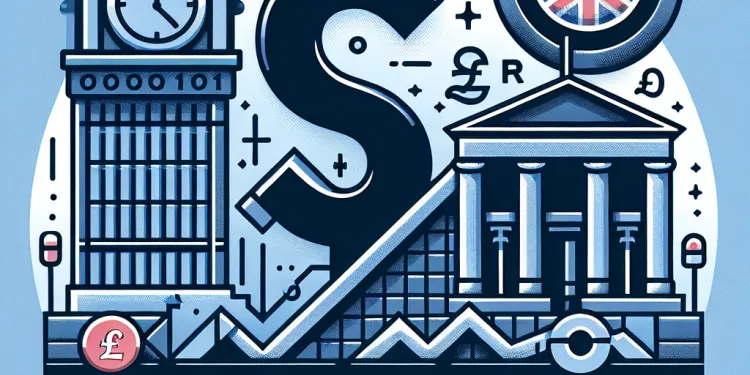
What is an SVR and how does it relate to interest rate changes?
Relevance: 14%
-

What is the current threshold for Stamp Duty in the UK?
Relevance: 14%
-

What happens to my monthly payments if interest rates rise?
Relevance: 13%
-

Major Banks Announce Changes in Interest Rates: Are You Affected?
Relevance: 13%
-
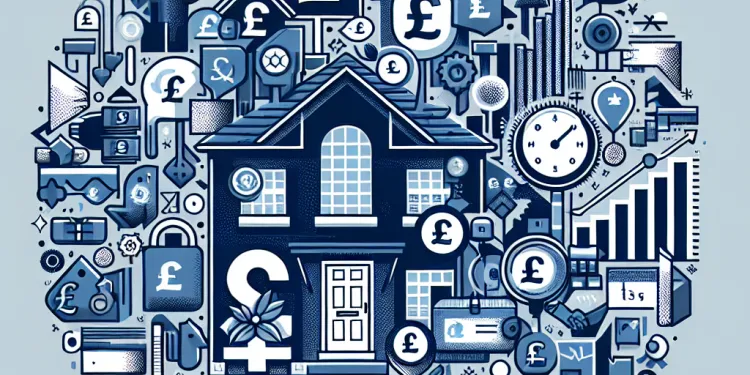
Are first-time buyers affected differently by interest rate changes?
Relevance: 13%
-
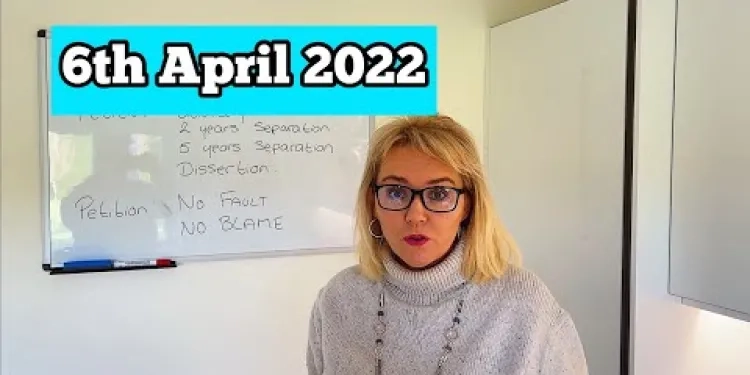
NO FAULT DIVORCE (What is there to know)
Relevance: 12%
-

What is Stamp Duty Land Tax (SDLT)?
Relevance: 12%
The Ultimate Buy-To-Let Mortgage Breakdown
Understanding Buy-To-Let Mortgages
Buy-to-let mortgages are tailored for individuals who wish to invest in property to rent out rather than live in. In the UK, these mortgages are structured differently from residential mortgages, mainly because lenders regard them as higher risk. Investors use them to generate rental income while benefiting from property appreciation over time. It’s crucial for prospective landlords to understand the nuances of buy-to-let mortgages to make informed decisions.
Key Features of Buy-To-Let Mortgages
Buy-to-let mortgages typically require a larger deposit compared to residential mortgages, often around 20-40% of the property’s value. The interest rates tend to be higher as well. Borrowers should expect to pay arrangement fees, which can add a significant cost to these loans. Most buy-to-let mortgages are interest-only, meaning you repay only the interest each month, with the loan amount remaining the same until the end of the mortgage term. This allows landlords to maximize their monthly cash flow from rental income.
Eligibility Criteria
Lenders in the UK have specific criteria for approving buy-to-let mortgages. These typically include a minimum income requirement, often around £25,000 a year, and proof of your rental income projections. The lender will assess the property's potential rental income, which generally needs to cover 125-145% of the mortgage repayments. Additionally, most lenders have age restrictions, usually requiring borrowers to be between 21 and 75 years of age.
Tax Implications
The UK government has introduced several tax changes affecting landlords. Mortgage interest can no longer be fully deducted from rental income to offset tax liabilities, leading to increased tax for many. Instead, landlords can claim a 20% tax credit on their mortgage interest payments. Understanding these implications is essential to accurately project the net rental income and ensure the investment remains profitable.
The Role of a Mortgage Broker
Navigating the world of buy-to-let mortgages can be complex, and enlisting the help of a mortgage broker can be invaluable. Brokers can access a broad range of products and may find deals that aren't readily available to individual investors. They offer expert advice, handle paperwork, and can help you navigate lender requirements. Using a broker can make the mortgage process less daunting and help secure the best terms for your investment.
The Ultimate Buy-To-Let Mortgage Breakdown
Understanding Buy-To-Let Mortgages
A buy-to-let mortgage is for people who want to buy a house to rent out to others. You do not live in the house yourself. In the UK, these mortgages are different from normal house loans. This is because the lenders think it's a bit more risky. People who get these mortgages make money from rent and also hope the house will be worth more in the future. Before you become a landlord, you should learn about how buy-to-let mortgages work. This will help you make good choices.
Key Features of Buy-To-Let Mortgages
Buy-to-let mortgages usually need a bigger deposit than normal mortgages. You might need to pay 20-40% of the house's price. The interest rates are usually higher too. You will also need to pay fees to set up the loan. Most of these mortgages are interest-only. This means you only pay the interest every month without paying back the loan itself. This way, you can have more money from the rent each month.
Eligibility Criteria
To get a buy-to-let mortgage in the UK, there are some rules. You usually need to earn at least £25,000 a year. You also need to show how much rent you will earn. The rent should cover 125-145% of the mortgage payments. Most lenders also have age limits. You usually need to be between 21 and 75 years old to get a loan.
Tax Implications
The UK government changed some tax rules for landlords. You can't fully subtract the interest you pay on the mortgage from your rent money for taxes. So, many people pay more tax now. Instead, you can claim a 20% tax credit on interest payments. It’s important to understand these tax changes. This will help you know how much money you can really make from the rent.
The Role of a Mortgage Broker
Understanding buy-to-let mortgages can be tricky. A mortgage broker can help you. Brokers know about many different mortgage options and can find deals you might not see yourself. They give advice, manage paperwork, and help with the rules. Using a broker can make it easier to get the best deal for your investment.
Frequently Asked Questions
What is a buy-to-let mortgage?
A buy-to-let mortgage is a type of mortgage specifically designed for property investors who want to buy property to rent it out rather than live in it.
How does a buy-to-let mortgage differ from a residential mortgage?
The key difference is that buy-to-let mortgages are intended for properties that will be let to tenants, whereas residential mortgages are for owner-occupied properties. Additionally, buy-to-let mortgages typically require a larger deposit and may have higher interest rates.
What deposit is typically required for a buy-to-let mortgage?
Most lenders require a deposit of at least 25% of the property's value, although some may require as much as 40%.
Do I need a special license or approval to rent out a property in the UK?
Depending on the location and property type, you may require a landlord license. It's important to check local council requirements.
How is affordability assessed for a buy-to-let mortgage?
Lenders usually assess affordability based on the expected rental income, which typically needs to be at least 125-145% of the monthly mortgage payment. They also consider the applicant's personal income.
What are the tax implications of owning a buy-to-let property?
Landlords must pay income tax on rental income, and there may be capital gains tax when selling the property. Mortgage interest tax relief has been reduced in recent years.
What interest rate types are available for buy-to-let mortgages?
Buy-to-let mortgages can be arranged on a fixed rate, where the interest rate remains the same for a set period, or a variable rate, which can change according to the lender's changes or the Bank of England base rate.
Can I get a buy-to-let mortgage if I'm a first-time buyer?
It's more challenging, but some lenders do offer buy-to-let mortgages to first-time buyers. However, criteria may be stricter, and an experienced broker can help find suitable deals.
What fees are associated with buy-to-let mortgages?
Common fees include arrangement fees, valuation fees, and legal fees. There may also be booking fees and early repayment charges.
Is it possible to convert a residential mortgage to a buy-to-let mortgage?
Yes, it's possible but requires permission from your current lender. This typically involves switching to a buy-to-let mortgage and may come with fees or early repayment charges.
What is a stress test in the context of buy-to-let mortgages?
A stress test evaluates if a prospective buy-to-let investment can withstand interest rate increases. Lenders assess whether rental income exceeds mortgage payments under higher interest rates.
Can I live in my buy-to-let property?
No, buy-to-let mortgages are intended for rental properties. If circumstances change, you must inform your lender and could face fees or have to switch to a residential mortgage.
What happens if I can't find tenants for my buy-to-let property?
You'll still be responsible for making mortgage payments. Having a contingency fund for these instances is advisable to cover mortgage costs and other property expenses.
Are buy-to-let mortgages available for limited companies?
Yes, buy-to-let mortgages are available for properties purchased through a limited company, which can offer tax advantages to some investors.
What impact does credit rating have on obtaining a buy-to-let mortgage?
A good credit score can affect the interest rates available and the overall likelihood of mortgage approval. Lenders use credit scores to assess risk before offering a loan.
What is a Buy-to-Let Mortgage?
A buy-to-let mortgage is a loan to help you buy a home. You then rent out this home to other people. This means you become a landlord.
Here is how it works:
- You borrow money from a bank to buy a house.
- Then, you find people who want to live in the house.
- These people pay you rent for living there.
- You use this rent money to pay back the bank.
If you have trouble reading or understanding, ask someone to help. Sometimes reading with a friend makes it easier. Using a ruler or finger to keep your place can help too.
A buy-to-let mortgage is a special kind of loan. People get this loan to buy a house or flat that they want to rent out to others. They do not want to live in it themselves.
What is the difference between a buy-to-let mortgage and a home mortgage?
A buy-to-let mortgage is for people who want to buy a house to rent out to other people.
A home mortgage is for people who want to buy a house to live in themselves.
Here are some tips to help you understand better:
- Use pictures to help you see the difference.
- Ask someone to explain it to you if you find it hard to read.
- Take your time and read slowly.
The main difference is that buy-to-let mortgages are for homes you will rent to other people. Residential mortgages are for homes you will live in yourself. Also, buy-to-let mortgages usually need a bigger down payment and might have higher interest rates.
How much money do you need to pay first for a buy-to-let mortgage?
When you want to buy a house, most banks ask you to pay some money first. This is called a deposit. Usually, you have to pay at least 25% of the house's price. But sometimes, you might need to pay up to 40% of the price.
If reading is hard, you can use tools like text-to-speech to hear the words, or highlight text to keep your place. It can also help to ask someone you trust to explain things.
Do I need special permission to rent out a home in the UK?
In some places, you might need a special permit to rent out your property. This is called a landlord license. Make sure to ask your local council for more information.
How do you know if you can afford a buy-to-let mortgage?
Here is how to check if you can afford a buy-to-let mortgage:
- Check your income: Make sure you earn enough money to pay back the mortgage.
- Look at rent: Make sure the rent you get from tenants will cover the mortgage payments.
- Bank rules: Banks have their own rules. They might want you to earn more than just enough to cover the mortgage.
- Use a calculator: Online mortgage calculators can help you see if you can afford it.
If you need help, ask a trusted adult or financial advisor to guide you.
Banks and other lenders look at two main things to see if you can afford a loan. First, they check how much money you can make from renting out the place. This rental money needs to be more than the monthly loan payment—usually 125% to 145% more. They also look at how much money you make yourself.
If reading is tricky, you can ask someone to read this to you or use a tool like a screen reader. These tools can help by reading the text out loud.
What taxes do you pay when you have a rental property?
When you own a home and let someone rent it, you have to pay taxes. Here is what you need to know:
- Rental Income: You pay tax on the money you make from rent.
- Expenses: You can subtract some costs like repairs from your tax bill.
- Capital Gains Tax: You might pay this when you sell the property.
- Stamp Duty: You pay this when you buy the property.
If you need help, talk to a tax expert or use online tools to understand more.
People who rent out homes must pay money called tax. They pay this tax from the money they make from renting their home. If they sell the home, they might have to pay a special tax when they make money from the sale.
Paying a home loan is called a mortgage. A few years ago, people used to get some money back from the tax for paying the mortgage. But now, they don’t get as much back.
If you need help, you can use picture cards or ask someone to explain it in simple words. There are also apps to help with reading.
What kinds of interest rates can you find for buy-to-let loans?
Interest rates are like the cost of borrowing money. When you get a buy-to-let loan (a loan to buy a house you will rent out), there are different ways interest rates can work:
1. Fixed Rate: This means the interest rate stays the same for a set time. It's like having a steady price that doesn't change for a while.
2. Variable Rate: This means the interest rate can go up or down. It's like a rollercoaster that can change as time goes by.
To help understand better, you can use things like:
- A calculator to see how much money you will pay.
- Talking to a bank worker for advice.
- Reading simple books or watching videos about money.
A buy-to-let mortgage is a loan to buy a home to rent out to others. You can get this loan with two types of interest rates:
- A fixed rate: The interest rate stays the same for a certain time. This means your payments stay the same too.
- A variable rate: The interest rate can go up or down. It changes if the lender or the Bank of England changes rates. This means your payments can change too.
If you find reading hard, you can use tools like text-to-speech software that reads text out loud. There are also apps that help make text easier to understand by highlighting key parts.
Can I get a buy-to-let mortgage if I've never owned a home before?
If you are thinking about getting a buy-to-let mortgage but have never owned a home, it might be a bit hard. A buy-to-let mortgage is for buying a house you plan to rent out to other people. Here are some tips to help you:
- Talk to a mortgage advisor who knows about buy-to-let loans.
- Make sure you have enough money saved up. You might need a big deposit.
- Check your credit score. It helps banks decide if they can lend you money.
- Practice simple math skills, like adding and subtracting, to manage money.
Remember, it's always good to ask for help if you need it. You can use tools like text-to-speech readers to help understand written words.
It is harder, but some banks do give buy-to-let loans to people buying their first home. But, the rules can be tougher, and someone who knows a lot about loans can help find the best choices.
What costs come with buy-to-let mortgages?
When you get a loan, you might need to pay some extra money. This could be for things like setting up the loan, checking the value of your home, and paying for legal help.
There might be a fee to book the loan and a charge if you pay it back early.
You can use a calculator to help understand the numbers.
Can I change my home loan to a rental property loan?
If you have a home loan (a mortgage), you might wonder if you can change it to a loan for renting out your home (a buy-to-let mortgage). Here is a simple way to understand it:
Yes, you can ask the bank to change your loan so you can rent out your home. This might mean you have to fill in forms or talk to someone at the bank.
Some helpful tips:
- Talk to your bank to see how it works.
- Use a calculator to see if it's a good idea to rent out your home.
- Ask someone you trust for help if you are not sure.
Yes, you can. But you need to ask your lender if it's okay. You might have to change to a different kind of mortgage called a “buy-to-let” mortgage. This could cost you extra fees or charges for paying early.
Helpful tips:
- Ask someone you trust to help you read and understand the paperwork.
- Use a calculator to see how much it might cost you.
- Take notes to help remember important information.
What is a stress test for buy-to-let mortgages?
A stress test is a way to check if you can still pay your mortgage if things change.
If you want to rent out a house, you might need a buy-to-let mortgage.
The stress test looks at things like:
- If interest rates go up, will you still be able to pay?
- If rent prices go down, can you still cover the mortgage?
Tools that can help:
- Online calculators to see if you can afford changes.
- A notebook to write down your income and expenses.
- Talk to a mortgage advisor for help.
A stress test checks if buying a property to rent out is a good idea, even if interest rates go up. Banks or lenders want to make sure the money you earn from rent is more than the money you pay for the mortgage, even if interest rates get higher.
Can I live in my rental property?
You have a house for renting to other people.
This is called a "buy-to-let" house.
But, if you want to live there, it is a bit different.
You may need to talk to your bank.
Using pictures and simple words can help understand more.
Asking someone you trust for help can make it easier too.
No, buy-to-let mortgages are for homes you rent out. If things change and you want to live there, tell your bank. You might need to pay money or change to a different type of loan.
What if I can't find people to rent my property?
If you have a property to rent out but can't find anyone to move in, here are some things you can do:
- You might need to lower the rent to attract more people.
- Try advertising your property in more places.
- Think about using a lettings agent to help you find tenants.
- Check to see if the property needs any repairs or improvements to make it more appealing.
You can use tools like calendars to keep track of viewings or a checklist to remember things you need to do.
You still need to pay your mortgage. It's a good idea to save some extra money for times like this. This extra money can help you pay for the mortgage and other things you need for your home.
Can limited companies get buy-to-let mortgages?
A buy-to-let mortgage helps people or companies buy a house to rent out to others.
Yes, limited companies can get a buy-to-let mortgage. This means a company can borrow money to buy a house and then rent it out.
If you need help with reading, you can ask someone you trust or use audio tools to listen to the text.
Yes, you can get special loans to buy houses if you use a company to buy them. This can help some people save on taxes.
How does your credit score affect getting a loan for renting out a house?
A good credit score is important. It can help you get better interest rates. It also makes getting a mortgage easier. Lenders look at your credit score. They want to see if giving you a loan is a good idea or not.
Here are some tips to help understand credit scores:
- Use simple words to describe credit scores and interest rates.
- Use pictures or charts to show what a credit score is.
- Read together with someone who can explain things.
Useful Links
- Ergsy carfully checks the information in the videos we provide here.
- Videos shown by Youtube after a video has completed, have NOT been reviewed by ERGSY.
- To view, click the arrow in centre of video.
- Most of the videos you find here will have subtitles and/or closed captions available.
- You may need to turn these on, and choose your preferred language.
- Go to the video you'd like to watch.
- If closed captions (CC) are available, settings will be visible on the bottom right of the video player.
- To turn on Captions, click settings .
- To turn off Captions, click settings again.
More Items From Ergsy search
-

The Ultimate Buy-To-Let Mortgage Breakdown
Relevance: 100%
-

Can I get a Buy to Let Mortgage With My 18 Year Old Son
Relevance: 45%
-

First Time Buyer Buy to Let Finance Options. Lending Criteria on Mortgage and Bridging Finance
Relevance: 45%
-

5 Broker Exclusive Buy to Let Mortgage Lenders you need to know about as a Landlord
Relevance: 44%
-

Uk Buy to Let for Older Clients - Mortgage Options Tips and Criteria
Relevance: 37%
-

What is an 'interest only' mortgage?
Relevance: 37%
-

HMO Mortgage Truths - how to get the best Finance option including Bridging Loan Criteria
Relevance: 36%
-

First Time Buyer Buy to Let Finance Options. Lending Criteria on Mortgage and Bridging Finance
Relevance: 33%
-

Getting the maximum mortgage in the UK
Relevance: 30%
-

How much can I borrow for a mortgage UK - getting the Maximum Mortgage
Relevance: 30%
-

Mortgage Turned Down In The UK - Why mortgage applications are declined
Relevance: 29%
-

Mortgage Overpayment and Flexible Features Explained
Relevance: 29%
-

Mortgage Regulator removes the need for further affordability stress tests
Relevance: 28%
-

Can Stamp Duty be included in a mortgage in the UK?
Relevance: 28%
-

Will my fixed-rate mortgage payments change with interest rate fluctuations?
Relevance: 27%
-

Is there assistance available for rent or mortgage payments?
Relevance: 27%
-

How do interest rate changes affect my mortgage payments?
Relevance: 26%
-

Is it possible to switch my mortgage type if interest rates become unfavourable?
Relevance: 26%
-

Mortgage on Inherited Property - How we can help you with the finance
Relevance: 26%
-

Turned down for a mortgage? Find out why and what to do
Relevance: 26%
-

Selecting a Mortgage Broker - how they differ and what to watch out for
Relevance: 26%
-

Turned down for a mortgage? Find out why and what to do
Relevance: 26%
-

Using 100% of your Second Income for a Mortgage Application
Relevance: 26%
-

What is a tracker mortgage and how does it respond to interest rate changes?
Relevance: 26%
-

RIGHT TO BUY MORTGAGE - LET ME SAVE YOU TIME AND MONEY
Relevance: 26%
-

UK Mortgage Rules Lenders Don't Talk About - Debt To Income Ratio
Relevance: 25%
-

Highest Income Multiple Mortgage Lenders Revealed - Good and Bad Points
Relevance: 25%
-

Can Mortgage lenders work from my own Survey Valuation Report?
Relevance: 25%
-

What should I do if I can't afford my mortgage payments due to rising interest rates?
Relevance: 24%
-

Should you Pay down your Residential Mortgage?
Relevance: 23%
-

Remortgage within 6 Months on the open market value Residential or Buy to Let Properties
Relevance: 23%
-

How to Buy property with your children under the age of 18 and get Buy to Let Mortgage.
Relevance: 22%
-

How is Stamp Duty calculated in the UK?
Relevance: 16%
-

What is an SVR and how does it relate to interest rate changes?
Relevance: 14%
-

What is the current threshold for Stamp Duty in the UK?
Relevance: 14%
-

What happens to my monthly payments if interest rates rise?
Relevance: 13%
-

Major Banks Announce Changes in Interest Rates: Are You Affected?
Relevance: 13%
-

Are first-time buyers affected differently by interest rate changes?
Relevance: 13%
-

NO FAULT DIVORCE (What is there to know)
Relevance: 12%
-

What is Stamp Duty Land Tax (SDLT)?
Relevance: 12%


